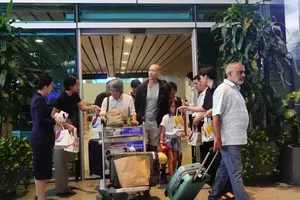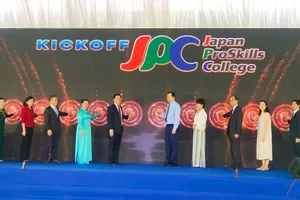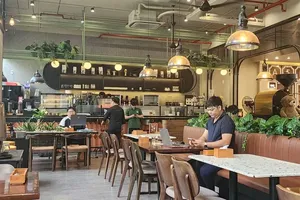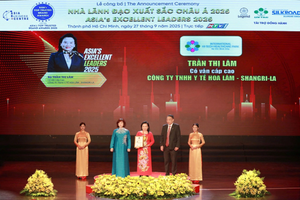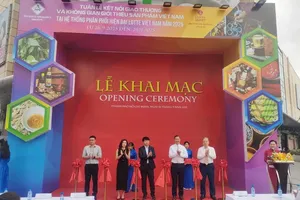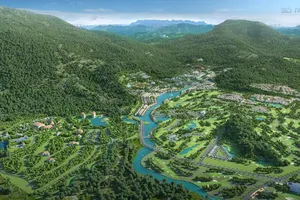The Ministry of Planning and Investment reports that the industrial real estate market showed signs of improvement in 2024, with increased supply. Dr. Nguyen Thi Ha, Deputy Director of the Institute of Economics and Finance at the Academy of Finance, noted that the industrial sector saw better absorption, particularly in key areas like Ho Chi Minh City, Dong Nai, and Bac Ninh.
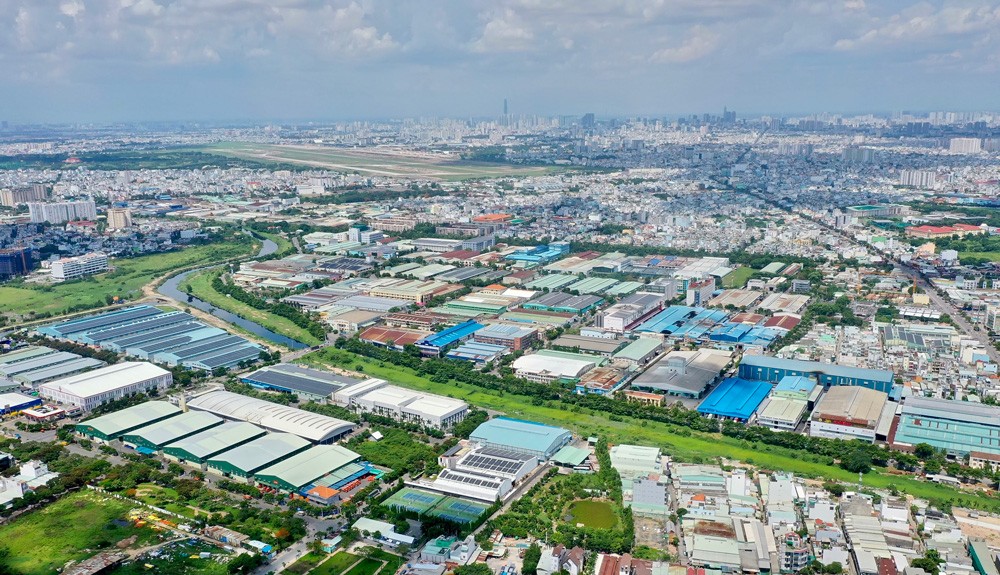
CBRE, the global leader in real estate services, stated that industrial parks in the northern region had an average occupancy rate of 80 percent, while the southern region’s rate stood at 89 percent. The northern region absorbed over 400 hectares in 2024, driven by substantial transactions in industries such as electronics and electric vehicles.
In contrast, the southern region saw a 52 percent decrease in absorption, with only 265 hectares taken up compared to 2023. Major transactions in the south were concentrated in Ba Ria - Vung Tau and Long An provinces.
The rental price gap between the two main industrial regions is gradually narrowing due to significant price increases in the northern region, with competitive markets like Hai Duong and Hai Phong experiencing higher rates.
By the end of 2024, the average rental price in northern industrial parks reached US$137 per square meter for the remaining lease term, marking a 4.2 percent year-on-year increase. In the south, the average rental price reached $175, reflecting a 1.4 percent rise compared to the previous year.
The warehouse and ready-built factory (RBF) segments also saw impressive growth in 2024. The RBF segment recorded its highest absorption rates in three years. The occupancy rate of RBF projects in the north reached 88 percent, up 1.5 percentage points from the previous year, while the south saw a 7.7 percentage point increase, reaching 89 percent. Both regions welcomed the highest new supply in three years, adding approximately 500,000 square meters of new space each.
Looking ahead to 2025, continued FDI inflows into Vietnam are expected to further fuel the growth of the industrial real estate sector. This growth is not only anticipated in major industrial hubs like Binh Duong and Bac Ninh but also in secondary markets such as Ba Ria - Vung Tau, Tay Ninh, and Binh Phuoc, driven by ongoing infrastructure development.
These factors lead experts to predict continued improvements in rental prices within the sector.
The government’s acceleration of key infrastructure projects is also seen as a positive factor for industrial real estate. Additionally, the approved master plans for many provinces and cities for the 2021-2030 period are expected to resolve legal procedural bottlenecks for industrial parks, supporting the sector’s continued growth.
Thomas Rooney, Senior Manager of Industrial Services at Savills Hanoi, emphasized that Vietnam is increasingly becoming a strategic destination for major tech corporations due to its advantageous geographical location within the global supply chain. The surge in investment in high-tech projects and research and development centers is driving demand for infrastructure and factory space, further fueling the growth of the industrial real estate market.
According to Savills Hanoi’s industrial real estate report, the total area of industrial land nationwide surpassed 38,200 hectares across 203 active industrial parks, representing a 5 percent increase from the previous year.
The establishment of a research and development center by NVIDIA, a global leader in AI and semiconductor technology, in Vietnam is expected to boost demand for high-tech zones and raise the value of industrial properties, attracting even more investment from major tech companies. This move not only enhances the quality of industrial parks but also expands opportunities for modern infrastructure development and supporting service industries.
With these ongoing advantages and the government’s continued efforts to develop the sector, industrial real estate in Vietnam is expected to remain a key area of interest for investors, particularly in the semiconductor industry. Notably, ready-built factories (RBF) and warehouses from major developers such as Frasers, Logos, and IDEC meet the stringent requirements of the semiconductor sector, offering modern infrastructure and advanced fire safety systems. Strategically located projects near international airports facilitate easy transportation and trade for investors.





